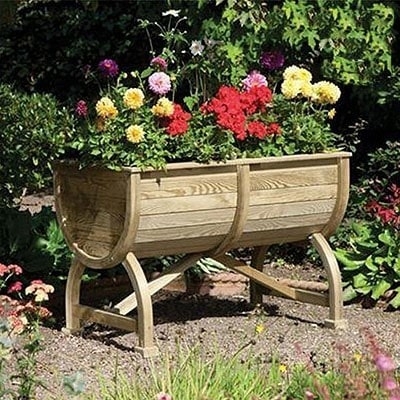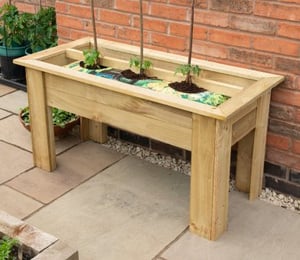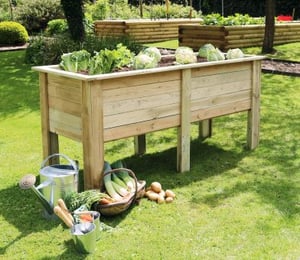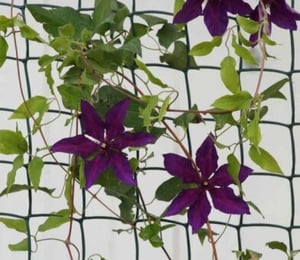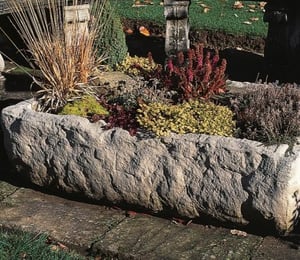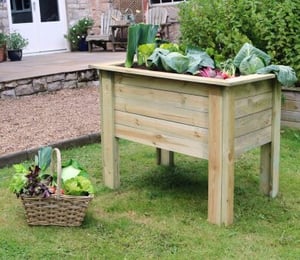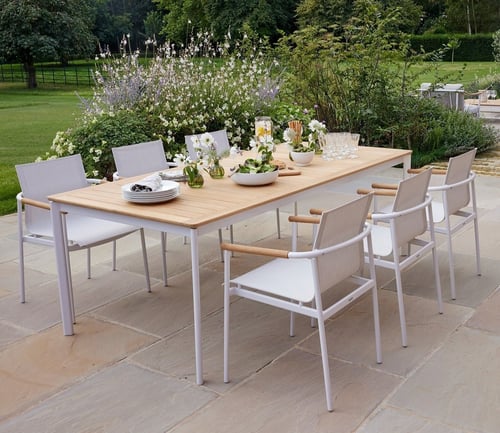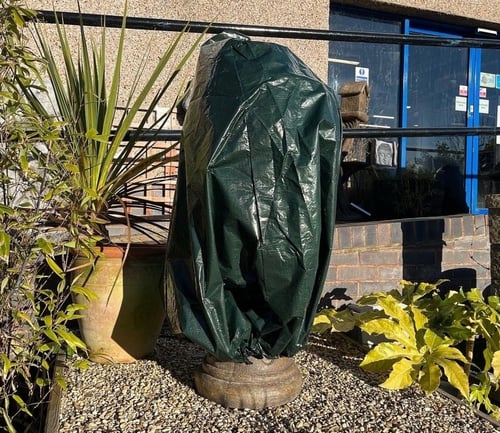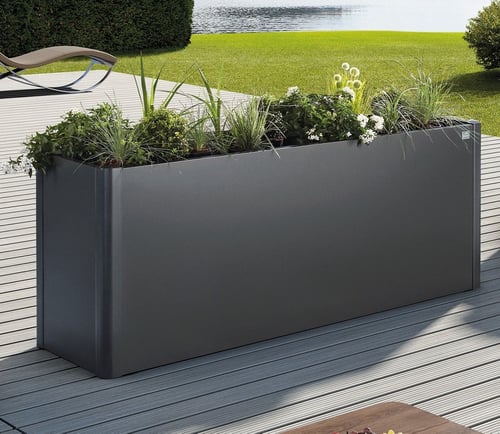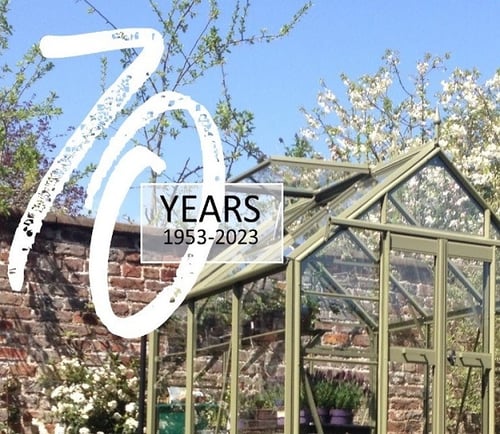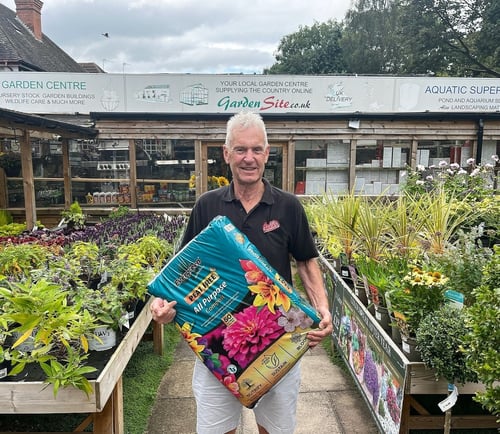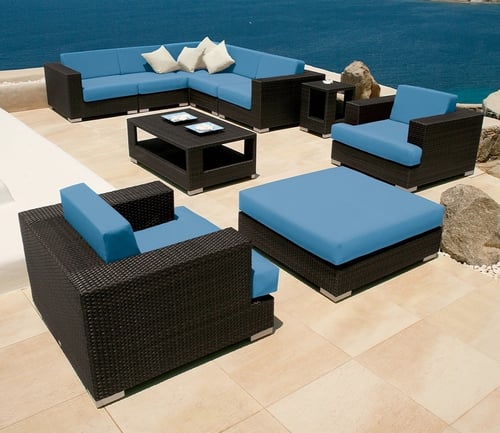Whether it's flowers you prefer, or fruit and vegetables, with container growing it's possible to have a magnificent array of colour throughout the year or a tasty harvest in the summer and autumn.
Timber and stone containers come in many shapes and forms - contemporary or traditional, plain or decorated.
Timber planters
Cheap wooden containers may rot so, if it's a softwood, check that the timber has been pressure or dip treated. Cedar is an exception but will, together with hardwoods such as teak, last for many years.
Sawn timber or half log wooden planters are attractive, robust and available in various options from simple containers to practical ornamental designs. Properly treated, all timber products should last for many years with very little maintenance.
There are elegant square planters, pyramid shaped planters, barrel shaped ones, multi-levelled with tumbling plants and hexagonal herb wheels featuring an eye-catching geometric design. Other timber planters fit around trees so you can relax enveloped in fragrance.
Stone containers
From an amusing old boot planter, charming wishing wells to smooth to classic designs representing Grecian urns, made from cast stone or rainbow coloured sandstone, the choice is huge.
Haddonstone, Chilstone and Borderstone are major manufacturers and their vast range includes contemporary and traditional designs featuring troughs, bowls, cubes, urns and vases to complement stylish interiors, conservatories and garden rooms or to be placed on terraces, balconies or patios.
There are just too many to mention individually but they can come in an array of finishes and are manufactured with great attention to detail. However, if you think stone is too expensive, you could experiment with re-cycled hard wearing household items such as old sinks and shower basins.
Preparation
Don't be mean, make sure the container is large enough for the number of plants and deep enough for them to develop good root systems in a decent amount of soil that doesn't rapidly dry out.
Whatever timber or stone, make sure there are drainage holes in the base. If there aren't, drill some and then raise the container off the ground to allow excess water to be released. When filling with compost, cover the holes with broken pot so they don't block.
Good drainage combined with moisture retention is essential, so soil based composts are recommended, don't use peat based compost as it dries out too readily. Either buy specially formulated container compost or you can mix your own from good top soil, loam, leaf mould and grit. Add some lime and general fertilizer and remember to leave some space at the top of the pot for watering and mulching.
Because nutrients can be easily lost, they must be replaced with a slow release fertiliser or by feeding every week in the growing season. Water daily and use water retaining granules, in addition cover the top with gravel or decorative stones to avoid excessive evaporation.
Make sure that the compost fits the plant's requirements as far as pH is concerned, use ericaceous compost for acid lovers such as Japanese Maples, Heathers and Camellias. If you are mixing your own, leave out the lime and use an acid top soil.
Planting
There's very little if anything you can't grow in a container. Winter pansies, spring bulbs, summer flowers, shrubs with autumn interest, herbs, alpines, conifers, even fruit trees.
Bulbs are easy to grow in planters and choose any number of small shrubs or perennials to provide height in the centre. Alternatively a dwarf conifer will be perfect.
Use foliage plants in the winter and early spring and a flowering perennial such as a Christmas Rose or Cyclamen. Hepaticas and Pansies will certainly brighten overcast days. For the container edge, trailing geraniums, lobelias and nasturtiums look particularly attractive.
If you’re a keen cook, herbs can’t be fresher than gathered from a container next to the kitchen door. Also, remember that vegetables and even fruit can also be grown in a container. Dwarf fruit trees including apples will do well together with tomatoes, currents and strawberries.
Whether it is to soften a hard landscape or to fully utilise a limited space, there's no doubt that containers can enliven and transform what may be an empty or lifeless environment into a productive area full of colour and fruitfulness.
For ideas as to what planter will suit you best, visit the planters, pots and containers section on GardenSite.
